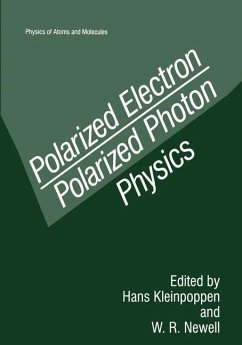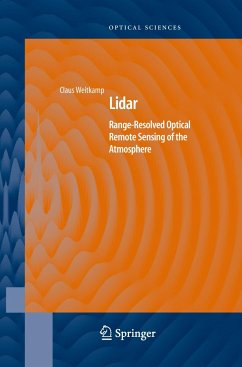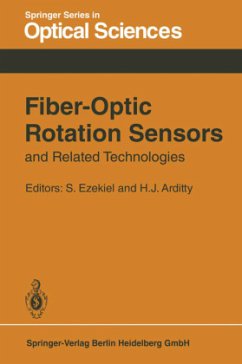
Electromagnetic Scattering

PAYBACK Punkte
38 °P sammeln!
0.1 Introduction The present volume is about the physics of electromagnetic scattering, not mathematics, and is intended as a reference book for engineering and physics students as well as researchers in electromagnetic scattering. Although the subject is on electromagnetic scattering, acoustic or scalar scattering will be discussed occasionally when it is deemed helpful and advantageous. In the current decade we are witnessing an emergence of inverse scattering theory. Before we embark on this exciting journey, perhaps this is an appropriate time to summarize and assess in one volume some of ...
0.1 Introduction The present volume is about the physics of electromagnetic scattering, not mathematics, and is intended as a reference book for engineering and physics students as well as researchers in electromagnetic scattering. Although the subject is on electromagnetic scattering, acoustic or scalar scattering will be discussed occasionally when it is deemed helpful and advantageous. In the current decade we are witnessing an emergence of inverse scattering theory. Before we embark on this exciting journey, perhaps this is an appropriate time to summarize and assess in one volume some of the important re sults of electromagnetic scattering which have been found in recent decades. Since the end of WW II two significant physical phenomena in electromag netic scattering, optimal polarization and exterior resonant frequencies, have been discovered and a powerful mathematical technique, called the integral equation method, has been incorporated. These physical quantities, which characterize the scattered field for a given scatterer, are not directly observ able but can only be extracted by mathematical means from the measured scattering data. They are given special attention.












